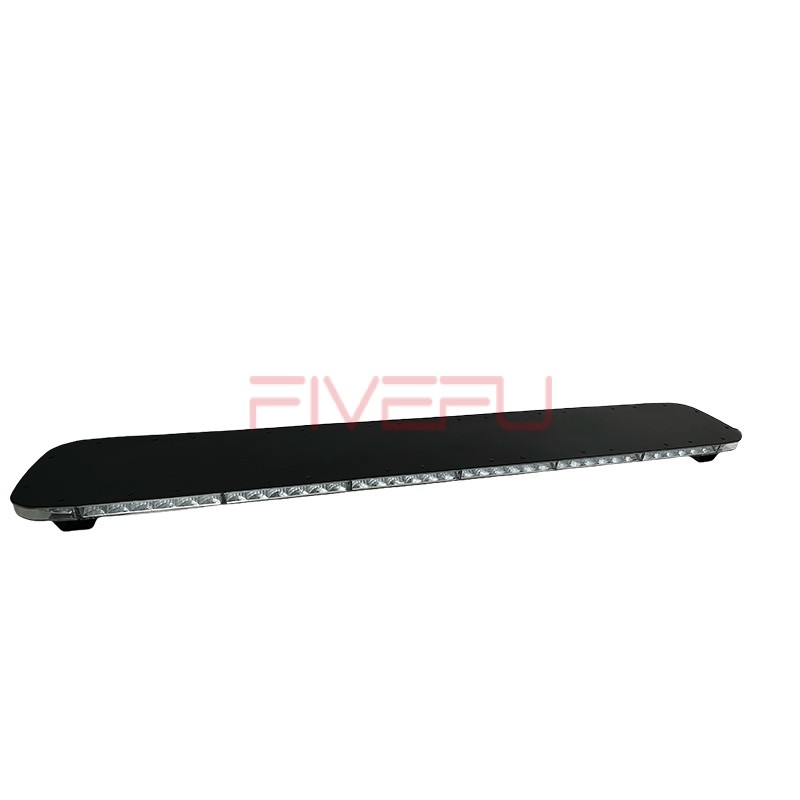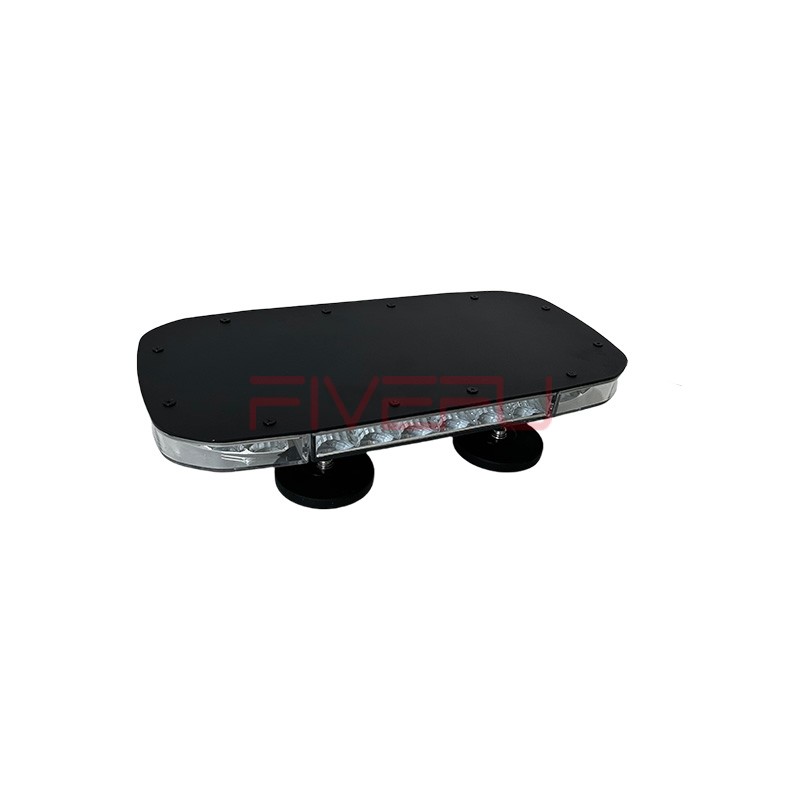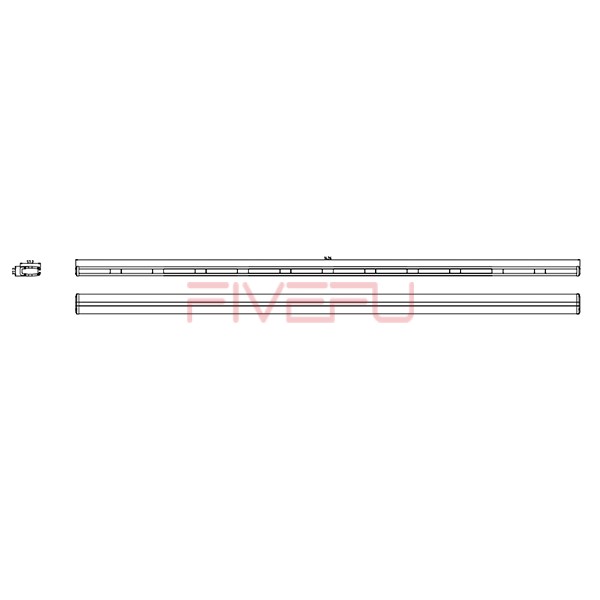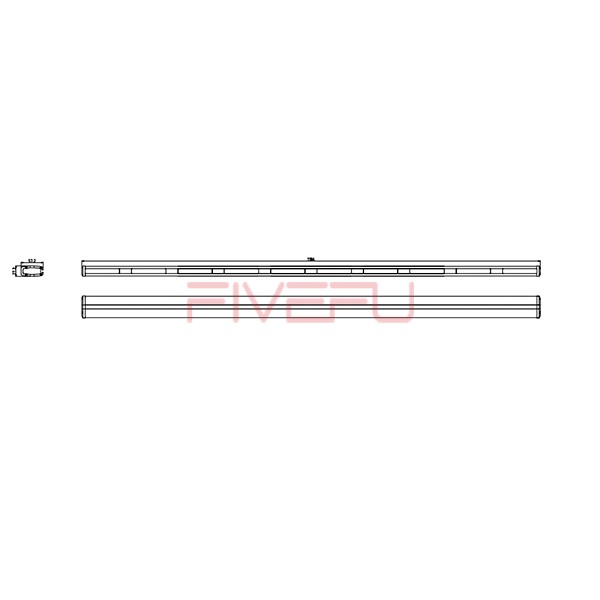Failing to use the right emergency lights can jeopardize safety and lead to accidents or legal issues. Proper emergency lights improve visibility and ensure compliance with safety regulations.
Emergency lights are vital for improving road safety, ensuring visibility in critical conditions, and complying with regulations for different types of emergency vehicles.
Read on to understand emergency lights’ installation options, effectiveness, and potential health hazards, ensuring you make informed decisions.
What are the Installation Options for Emergency Lights?
The installation of emergency vehicle lights is crucial to their performance and effectiveness. Options vary based on the vehicle type and intended use:
- Roof-Mounted Lights: Common for ambulances, fire trucks, and police cars, these offer maximum visibility to surrounding vehicles.
- Grille-Mounted Lights: Positioned at the front of the vehicle for direct forward illumination. These are ideal for guiding traffic.
- Dash-Mounted Lights: An interior option providing forward visibility, often used in undercover vehicles.
- Surface-Mounted Lights: Installed on flat surfaces, such as doors or tailgates, for all-around visibility.
Proper placement ensures optimal visibility without creating glare for other drivers. Professional installation is recommended to meet regulatory standards and ensure secure mounting.
Are Interior Mounted Emergency Lights as Effective as Exterior Lights?
Interior-mounted emergency lights provide discreet but efficient illumination, often used in situations requiring less conspicuous signaling. However, their effectiveness depends on usage and placement:
- Advantages:
- Easy installation and removal.
- Protection from weather elements, ensuring longer durability.
- Ideal for undercover or auxiliary vehicles.
- Disadvantages:
- Reduced visibility compared to exterior lights, especially during the day.
- Limited mounting angles may not provide 360-degree coverage.
Interior lights work best as supplemental lighting or in scenarios where subtlety is needed. For maximum effectiveness, combine them with exterior lights for comprehensive visibility.
Health Hazards Connected to Types of Emergency Lighting
While emergency lights are essential for safety, improper use or exposure can lead to health concerns.
- Glare and Eye Strain: Excessive brightness or improper mounting angles can cause eye discomfort for drivers and pedestrians.
- Flashing Lights and Epilepsy: Strobe lights may trigger seizures in individuals with photosensitive epilepsy.
- Blue Light Exposure: Prolonged exposure to blue LED lights may contribute to sleep disturbances and eye strain.
To mitigate these risks, use emergency lights responsibly, ensure proper installation, and consider safety guidelines such as reducing strobe intensity or duration when possible.
Conclusion
Choosing the right emergency lights, installing them properly, and addressing potential hazards ensures safety, compliance, and effective functionality.









